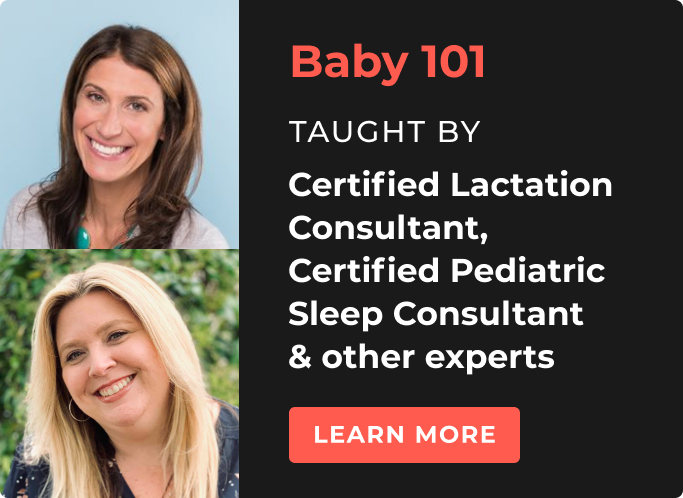Newborn babies. Caring for such a little body can feel so intimidating at first, and for many parents, umbilical cord care in particular can come with its own set of anxieties. And we get it. It’s not exactly something you have to deal with every day.

But good news is, this strange looking little stump is a short-lived part of babyhood and will soon become a cute little belly button. While it is still in the healing process, it is relatively easy to care for. Just keep these 5 care tips in mind for those first few weeks.
1. Keep the umbilical cord area clean and dry. Allow the cord to be exposed to air as often as possible.
2. Be gentle when diapering and dressing.
• Avoid clothing that is too tight and will rub against the cord. Kimono-style tops are great for those very early days. They’re looser in the middle, which means minimal snagging, and they also allow for better airflow. (Remember Tip #1?)
•As for baby's diapers, make sure they don’t ride up over baby's umbilical cord stump. This means you will more than likely have to fold the top of the diaper down before securing it, so it remains below the cord area. And change any soiled diapers right away, not only to avoid rash, but to avoid anything leaking up the front of baby's body onto the umbilical cord.
3. Do not submerge baby in water until the cord falls off. This means sponge baths only during those early days. (Not sure how to give a proper sponge bath with a washcloth? Don’t worry. We have a whole section on infant bathing in our Baby Care 101 course, where you’ll see real demos and get step-by-step instructions on exactly how to bathe before and after the umbilical cord heals).
4. Speaking of cords falling off, please let your baby’s umbilical cord fall off on its own. Even if it looks like it’s just hanging on by a thread, do not pick at it or pull it off yourself.
5. Call your pediatrician if you notice:
• The area is actively bleeding.
• Signs of infection like foul-smelling yellowish or white discharge from the cord.
• Red or swollen skin around the base of the cord.
• Crying when you touch the cord area or the skin next to it.
• Baby’s umbilical cord does not fall off by 8 weeks.
We know this new little body can come with a whole laundry list of questions, but we promise, in just a few short weeks, you’ll find your rhythm. But if you are looking for a crash course (or a refresher if you’re a second-timer), our Baby 101 course has the baby care tips, tricks and step-by-step demonstrations on everything from bathing to diapering to burping positions. It’s quick, straight-forward, led by our experienced team of experts to make you feel just a little more confident when it comes to all things infant.
About our Expert
Ashley Derderian Sousa is a board-certified lactation consultant and registered nurse with nearly ten years of experience in labor, delivery, and postpartum units. Through approachable methods and open and honest philosophy, she believes each journey to becoming a parent is a personal one that should be met with self-compassion. She is currently completing a Masters of Health Education.



